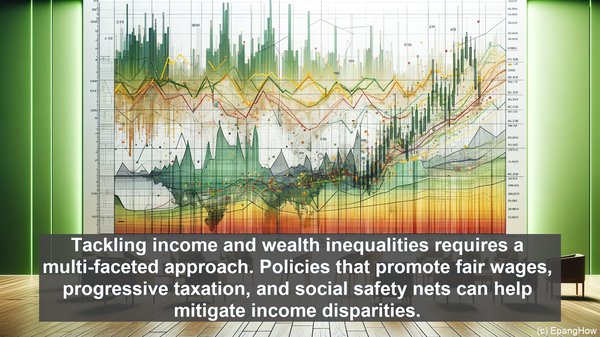Introduction: Unraveling the Dualities
Greetings, audience! Today, we embark on a journey to unravel the intricacies of income inequality and wealth inequality. While these terms are often used interchangeably, they represent distinct aspects of economic disparity. Let’s dive in!
Defining the Terms: Income Inequality
Income inequality refers to the unequal distribution of earnings or income among individuals or households in a society. It measures the gap between the highest and lowest earners, often depicted through metrics like the Gini coefficient. Factors such as wages, salaries, and government transfers contribute to this disparity.

Understanding the Nuances: Wealth Inequality
On the other hand, wealth inequality focuses on the unequal distribution of assets, resources, or net worth. It encompasses not just income but also accumulated assets like properties, investments, and savings. Wealth inequality is often more pronounced than income inequality, as it reflects long-term disparities and intergenerational wealth transfers.
Factors at Play: Income Sources vs. Asset Accumulation
One key distinction lies in the sources of income and wealth. Income is typically derived from employment, self-employment, or investments, and can fluctuate over time. Wealth, however, is built through various means, including savings, property ownership, and financial investments. This fundamental difference contributes to the contrasting dynamics of the two inequalities.
Implications for Society: Opportunities and Mobility
Both income and wealth inequalities have far-reaching consequences for a society. Income inequality can impact access to education, healthcare, and basic necessities, potentially perpetuating a cycle of disadvantage. Wealth inequality, with its concentration of resources, can influence social mobility, as those with limited assets face barriers to economic advancement.

Policy Perspectives: Addressing the Dual Challenges
Tackling income and wealth inequalities requires a multi-faceted approach. Policies that promote fair wages, progressive taxation, and social safety nets can help mitigate income disparities. To address wealth inequality, measures like inheritance tax, asset-building programs, and equitable access to financial services are crucial. A comprehensive strategy is necessary to create a more inclusive society.
